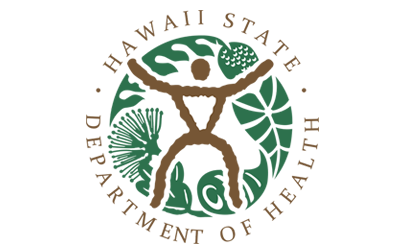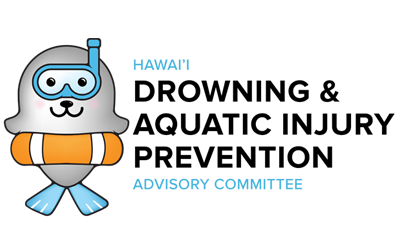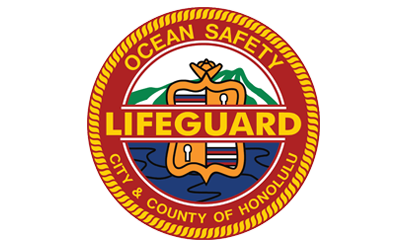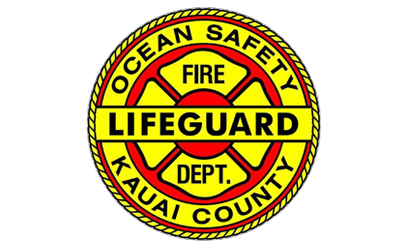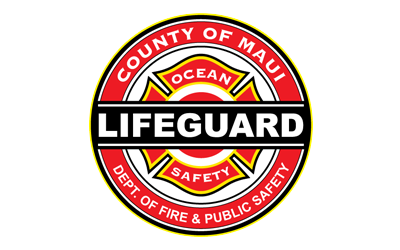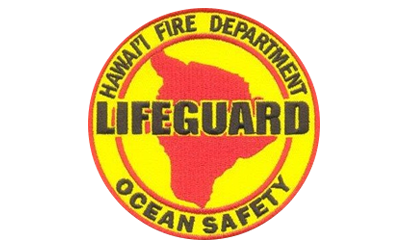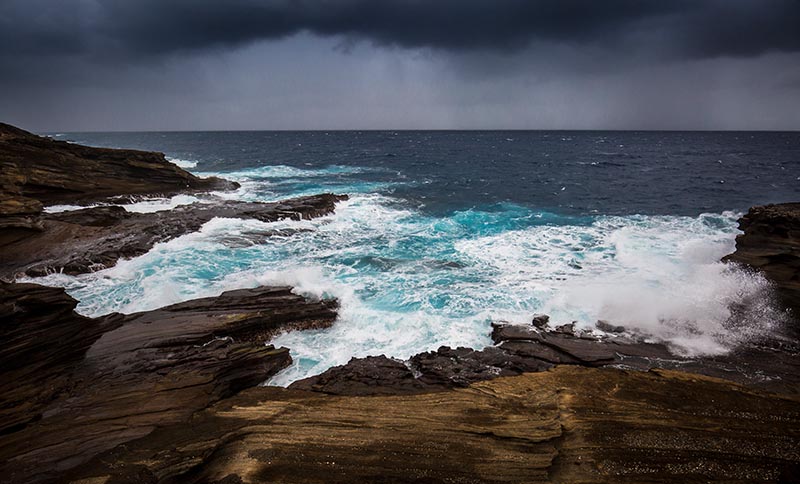
Both offshore and nearshore storms can affect beach conditions and your safety.
Evan Austen/Shutterstock.com
Certain weather conditions can make the ocean more dangerous. Check the local weather forecast on the day you are going to the beach. During threats of severe weather, stay out of the ocean and away from beaches and shorelines until advised by local authorities that it is safe.
Storms
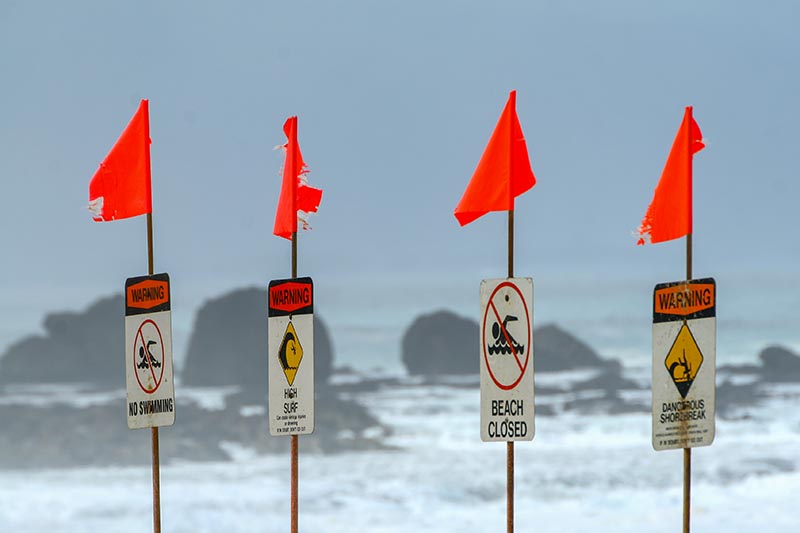
Stay away from beaches and shorelines during severe storms.
Ryan Jannsens/Shutterstock.com
During heavy rain, get out of the water immediately and seek shelter in a building or covered vehicle. Lightning from a storm is dangerous to anyone outside. If you can hear thunder, you are within striking distance of a storm. Storms can also cause high winds, making the water more dangerous.
Local storms that occur away from the beach can also affect water in the ocean. Heavy rain can lead to increased runoff at the beach. Brown water advisories are issued to remind the public to avoid dirty water that may be contaminated. Keep out of the ocean when warning signs are posted regarding water quality.
Depending on the time of year, strong winds from offshore storms in the Pacific Ocean can cause high surf conditions at different shorelines.
Hurricanes & Other Tropical Cyclones
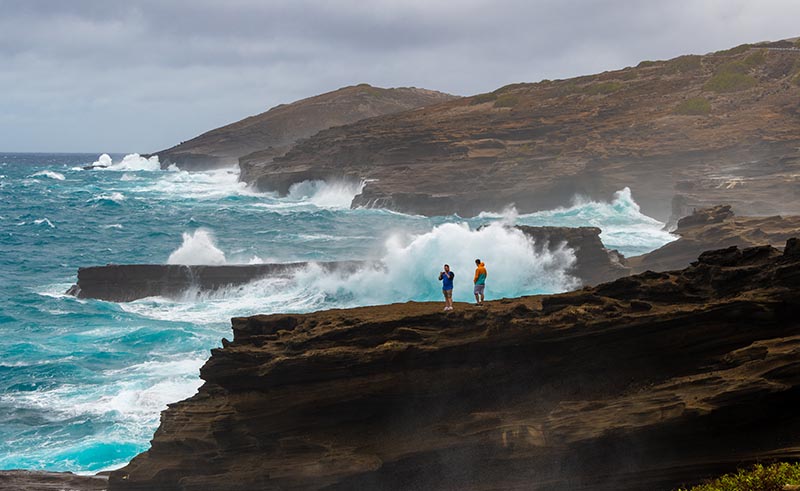
Giant surf generated by a hurricane pounds the cliffs on Oahu’s east shore.
Hurricanes, tropical storms and tropical depressions are types of tropical cyclones. The energy from tropical cyclones is so great that shorelines on all parts of the islands can be affected, regardless of the direction the storm is coming from.
As a tropical cyclone nears Hawaii, it can produce storm surge and large waves days in advance, threatening people and property along coastlines. Storm surge can reach heights of over 20 feet. It can also create dangerous and potentially deadly strong currents.
Hurricane season begins June 1 and ends on November 30 of each year, although tropical cyclones have occurred outside of this window. If visiting the beach during hurricane season, check local weather reports to ensure there are no active threats from tropical cyclones.
Waterspouts
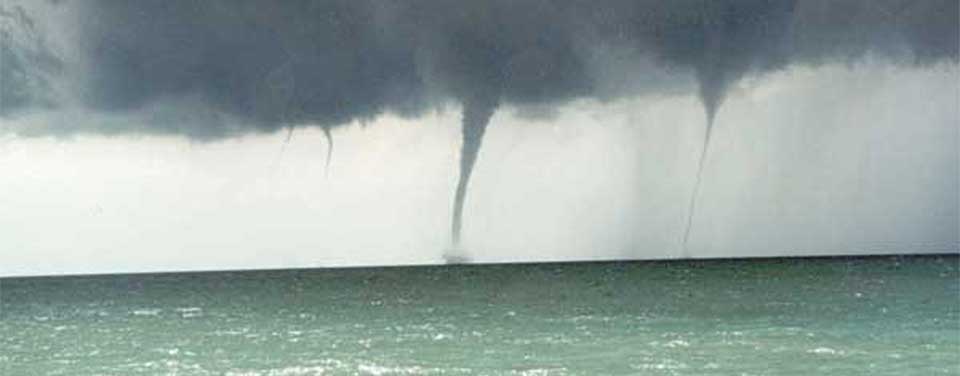
Always keep a safe distance from a waterspout.
Source: National Oceanic and Atmospheric Administration (NOAA)
A waterspout is a tornado over water, usually developing in warm tropical ocean waters like those that surround Hawaii. They can start on the sea and then move over land, or the other way around. Although rare, waterspouts can form in severe thunderstorms or hurricanes. If you see a waterspout, use extreme caution and keep your distance. Get out of the water immediately and seek shelter.
Tsunami
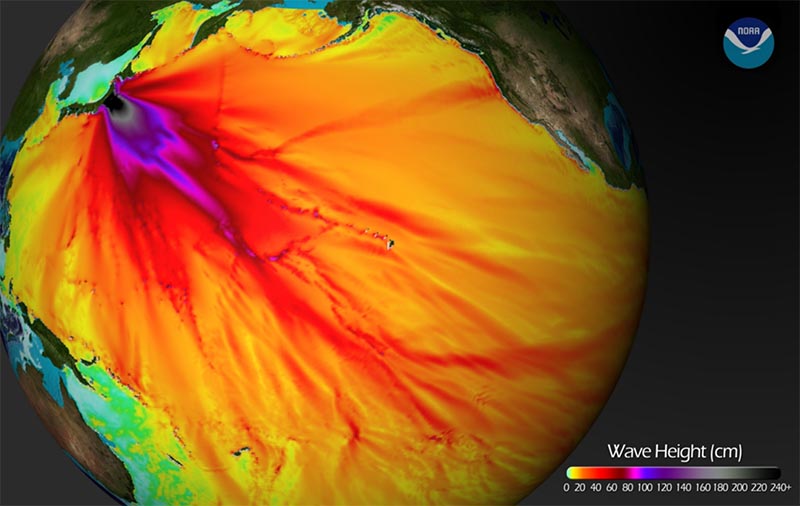
Waves from the deadly 2011 Honshu, Japan tsunami radiated for thousands of miles, affecting shores in Hawaii and beyond.
Source: National Oceanic and Atmospheric Administration (NOAA)
A tsunami is a series of ocean waves generated by any rapid large-scale disturbance of the sea water. Most tsunami are generated by earthquakes, but they may also be caused by volcanic eruptions, landslides and other disturbances. Tsunami waves may come gently ashore or may increase in height to become a fast moving wall of turbulent water several meters high, threatening both life and property.
If a major earthquake or other disruption originates outside of Hawaii, you may have a few hours to prepare. However, if a major disturbance happens locally, you may only have minutes to get to higher ground. If you are at the beach or near the ocean and you feel a strong earthquake, move further inland and to higher ground immediately.
Do not go near the ocean if a tsunami watch or warning is issued. Beaches and shorelines are the most dangerous places to be when a tsunami arrives. Stay away from these areas until local authorities give an “all clear” message.
Alert Links /Advisories
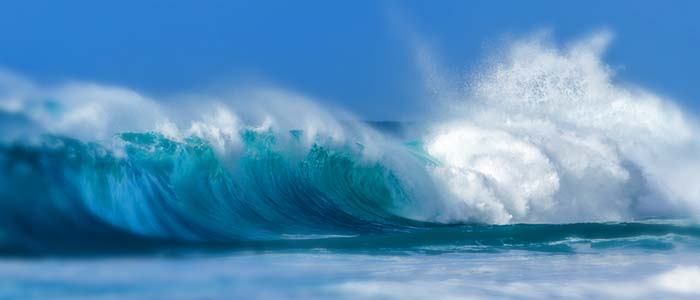
In Hawaii, like in other places, natural disasters such as hurricanes, tsunamis, flooding, fire, and other disasters can occur. It’s important to stay informed and prepared.
In Hawaii, like in other places, natural disasters such as hurricanes, tsunamis, flooding, fire, and other disasters can occur. It’s important to stay calm and tune in to a local news station for updates if you find yourself in the midst of one. If evacuation becomes necessary, make sure you have enough supplies for your family to last for up to 2 weeks. If you have pets, be sure to confirm that the shelter you are evacuating to is pet-friendly. Alternatively, make arrangements for your pets in advance, as not all shelters accommodate pets.
Here are some links you can use to get the latest news and weather alerts for the Hawaiian islands:

